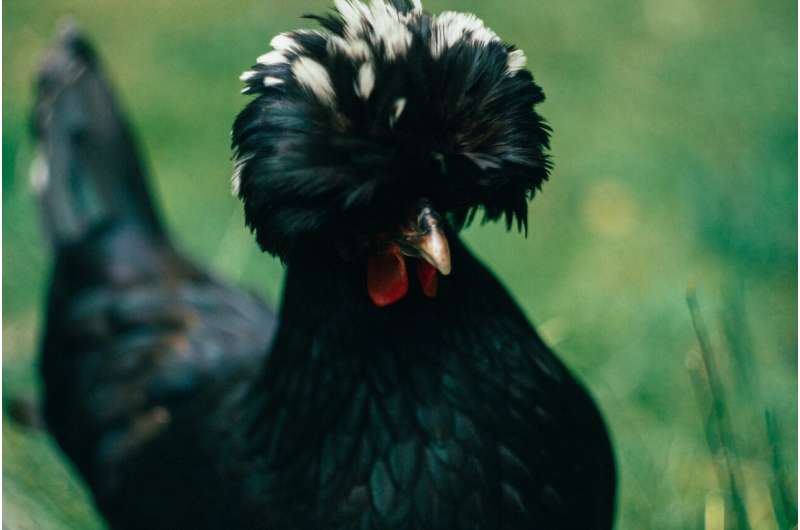Supergenes make bizarre traits in plants and animals possible

Within the same species of butterfly many different wing patterns can occur. How is this possible? According to researchers Ben Wielstra and Emma Berdan, of the Institute of Biology Leiden (IBL), the answer lies within supergenes. A supergene is a part of a chromosome that contains many strongly linked genes. Together, these genes form the basis for complex traits in plants and animals.
"The idea of supergenes is relatively old. Only now, with today's modern DNA techniques, we can properly map them. Recently it has become clear that supergenes are much more common than previously thought," says Wielstra. On the 13th of June, Wielstra and postdoc Emma Berdan will publish a special issue on supergenes in the scientific journal the Philosophical Transactions of the Royal Society B: Biological Sciences.
What are supergenes?
"Supergenes are parts of chromosomes that contain several genes which are inherited as a whole," explains Wielstra. What makes supergenes remarkable is the absence of recombination. Recombination is the shuffling of the genetic information of two parents so that offspring are provided with a unique set of chromosomes. "Because there is no recombination within supergenes, all genes within it evolve together as one unit. This allows different versions of supergenes to arise within a species, leading to major differences in appearance and behavior."
Supergenes can arise in different ways. "There are areas in the genome where recombination naturally occurs less frequently. At the same time, recombination can also be stopped, when, for example, the structure of the genome changes." A well-known example of this is an inversion. Part of the chromosome breaks off and is reversed, so that the order of the genes no longer corresponds to the original. Recombination is then no longer possible.
The ruff as an example
The presence of supergenes leads to more variation within a species. "My favorite example is the ruff. In these birds, supergenes ensure that males either have dark or white feathers around their heads. There are also males who do not develop a feather collar at all and look like females. These three types of male ruffs not only differ from each other in appearance, but they also behave differently during the mating season," says Wielstra.
Does this provide an evolutionary advantage?
"Sometimes. On the one hand, variation within a species is useful. It allows species to switch between different survival strategies," explains Wielstra. According to him, supergenes can facilitate this process. But not without a price. "Without recombination, harmful mutations can quickly accumulate." In the crested newt, which Wielstra and Berdan have researched, the accumulation of mutations in one supergene has resulted in half of the salamander eggs being unviable. "This supergene can be viewed as a very extreme example of a hereditary disease," says Wielstra.
'Supergenes are hot'
By studying the evolution of supergenes, researchers hope to gain more insight into the origin of hereditary diseases. Also in people. "Supergenes are hot. More research is being done on this topic than ever before. Therefore we continue to find more and more examples where large differences in behavior and appearance are influenced by a single supergene." With the special issue on supergenes, Wielstra and Berdan hope to provide a good overview of the current state of research in this field. Wielstra says, "We now know that supergenes frequently occur. The next step is to find out how they arise exactly."
More information: Emma L. Berdan et al, Genomic architecture of supergenes: connecting form and function, Philosophical Transactions of the Royal Society B: Biological Sciences (2022). DOI: 10.1098/rstb.2021.0192
Provided by Leiden University





















